Rare earth elements
Type of resources
Available actions
Topics
Keywords
Contact for the resource
Provided by
Years
Formats
Representation types
Update frequencies
-

This dataset comprises the structural and chemical characterization of the alkali roasting of Eureka Monazite carried out at the University of Leeds during the SoS RARE project (2015-2018). It includes structural data from X-Ray diffraction and Scanning electron microscopy of samples roasted with sodium bicarbonate, thermodynamic calculations for identification of the phases formed during roasting, cyclic voltammetry measurements of samples in a solution of choline chloride-ethylene glycol with a 1:1 molar ratio with 0,1 mol/L glucose and the chemical composition of the samples analysed by inductively coupled plasma spectroscopy.
-
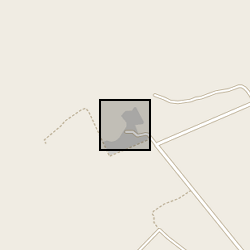
This dataset is an additional sample list, as an Excel spreadsheet, providing details of the major sample suites collected by Delia Cangelosi during SoS RARE and not added to the master spreadsheet (https://webapps.bgs.ac.uk/services/ngdc/accessions/index.html#item165705) It includes location details and descriptions for rock samples collected in China and Namibia. Most material is still held by the institutions that did the work, as recorded in the sample list.
-
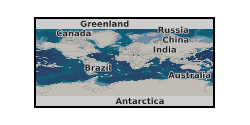
The data are related to the NERC's Security of Supply of Mineral Resources Catalyst Grant NE/L002361/1: MM-FREE - Mineral-Microbe interaction role in concentration and Fractionation of Rare Earth Elements and consist of: 1. document on the research priorities from an industry/stakeholders viewpoint to devise a strategy for building biomining into a real opportunity for mineral extraction of rare earth elements. 2. poster reporting literature review on "Using microbes to recover rare earths with low environmental impact"
-
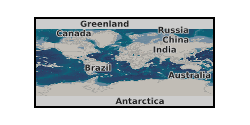
Zeta potential measurements of the fluorcarbonate mineral parisite-(Ce), under water, supernatant and collector conditions. Zeta potential measurements can be used to indicate the surface behaviour of a mineral under different reagent conditions. Mineral surface behaviour is important in processing and extracting minerals from their host ore, which can be energy intensive. Parisite-(Ce) is a fluorcarbonate mineral which contains rare earth elements. Rare earth elements are important in a wide range of products from iPhones to wind turbines.
-
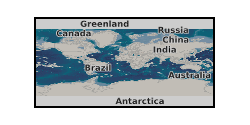
This data set contains example input and output files from density functional theory calculations of rare earth systems, using the Vienna Ab initio Simulation Package (VASP), The data set it split into two parts. The first data set contains the input and output files of molecular dynamics simulations of MCl3 in solution, where (M = Nd, Gd and Er) at ambient conditions, which was modelled at 341 K using the optB88 exchange-correlation functional. The calculations were run in order to investigate speciation in rare earth chloride solutions, including trends across the row, using a light (Nd), medium (Gd) and heavy (Er) rare earth. These particular calculations were used to validate classical interatomic potentials that were used to perform more complex simulation on larger systems and longer timescales. Only the first 2 ps of the trajectories are deposited here, since the complete trajectories are large. The second data set contains example input and output files for lattice dynamics calculations of the thermodynamics properties (heat capacity and entropy) of Nd-monazite and Nd-xenotime at ambient conditions up to 1200 K. In addition, it includes scripts for processing and plots of final results. These are useful for thermodynamical modelling of rare earth systems. Only the input and output files for Nd are deposited here, since the files are large and input files for Gd and Er are identical, save for the change in element.
-
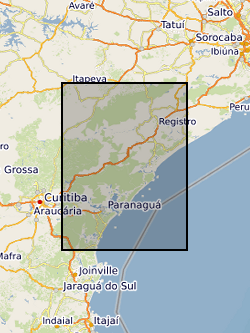
Zeta potential measurements of rare earth element enriched apatite from Jacupiranga, Brazil under water and collector conditions. Zeta potential measurements can be used to indicate the surface behaviour of a mineral under different reagent conditions. Mineral surface behaviour is important in processing and extracting minerals from their host ore, which can be energy intensive. Apatite is a phosphate mineral which can become enriched with rare earth elements. Rare earth elements are important in a wide range of products from iPhones to wind turbines.
-

Rare earth element, major and minor element, and iron speciation data for nine independent sections in the Nama Group, described in detail in Wood et al., 2015, Precambrian Research, and Tostevin et al., 2016, Nature Communications. Additional data for Zebra River section include sulfur isotopes from carbonate associated sulfate (published in Tostevin et al, 2017, Precambrian Research); Uranium isotope data for carbonates (published in Tostevin et al., 2019, EPSL); Calcium isotope data for carbonates (unpublished).
-
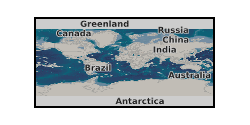
Data from NERC grant, Natural Enrichments in E-tech Elements (Cobalt, Gallium, Indium, Tellurium, Lithium, rare earth elements) [NEETE].
 NERC Data Catalogue Service
NERC Data Catalogue Service